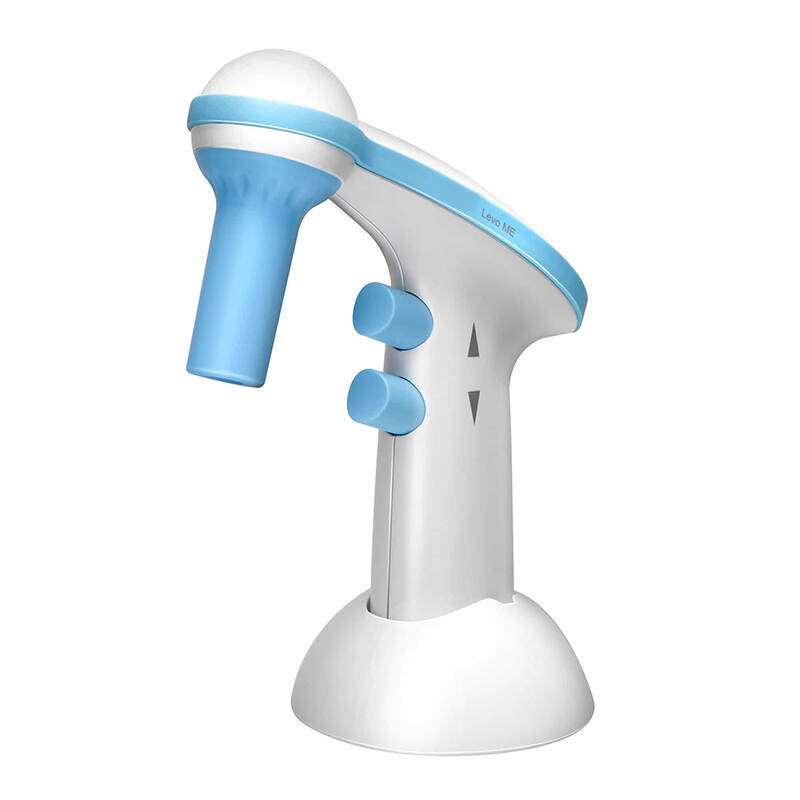Motor Selection of Electric Pipette
December 21,2022
Because the liquid transfer is usually the first step of a multi-step process, any inaccuracy or imperfection in measuring this small part of the liquid will run through the whole process, and ultimately affect the overall accuracy and precision. Now let's talk about how to select the motor of the electric pipette.

DC motor
DC motor is a simple motor, which will rotate when DC power is applied. They do not require complex connections to run the motor. However, considering the linear motion requirements of the electronic pipette. The DC motor solution requires an additional lead screw and gear drive to convert rotary motion into linear motion and provide the required force. The DC solution also requires a feedback mechanism in the form of an optical sensor or encoder to accurately control the position of the linear piston. Because of the high inertia of the rotor, some designers may also install a brake system to improve positioning accuracy. The use of DC motors can enhance the overall accuracy and accuracy of the fluid transfer system. But it may be an expensive solution.
Stepper motor
On the other hand, many engineers prefer to use the stepping linear actuator solution because of its easy integration, excellent performance, and low cost. The linear stepping actuator is composed of a permanent magnet stepping motor with a threaded rotor and an integrated screw rod, which can produce direct linear motion in a small package.
Different from the DC motor, the lead screw of the linear stepping actuator moves up and down in discrete step increments after receiving an electrical pulse. One of the important advantages of using the stepping linear actuator is that it can be accurately controlled in an open-loop system, which means that expensive feedback devices or braking systems are not required for positioning. Generally, small step angles and different guide screw pitches can provide the possibility of high-resolution positioning. The resolution can be further improved by driving the stepping linear actuator in micro-stepping mode.
If the size is improper, the stepping motor may lose a step, resulting in inaccurate drainage. However, this problem can be easily corrected by ensuring an accurate output from the motor to the drive system.
The following are some key factors to consider when selecting a motor:
Maintain a minimum safety factor of 50% relative to the speed/force curve
Avoid low-frequency resonance points during the operation
Avoid reverse drive, sudden movement, and external load changes